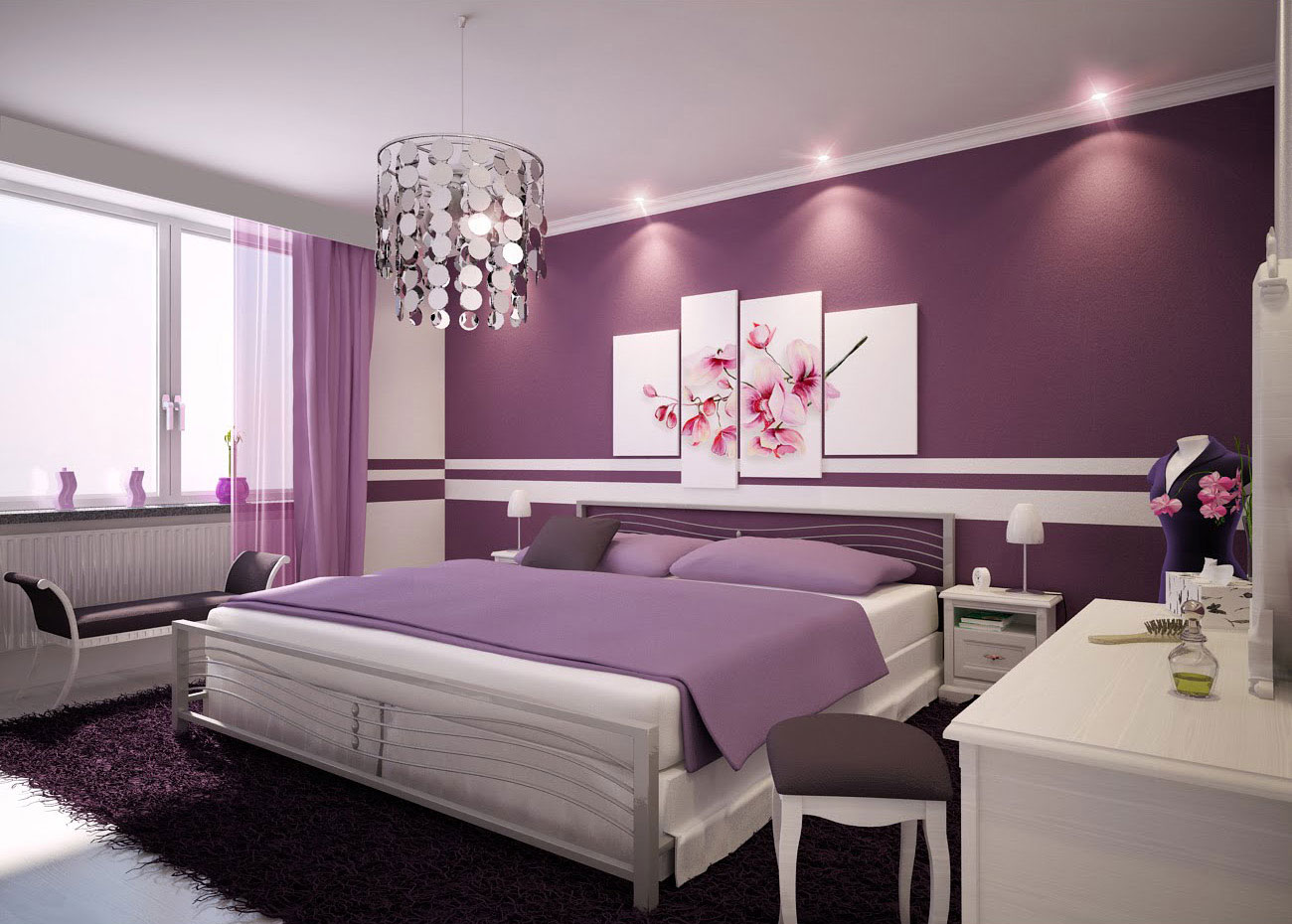Interior designers have many options for pricing their work. They can charge by the hour, use a flat fee structure or charge by the percentage of the project cost.
A percentage of the project cost is an easy way to calculate the total costs for a client. This includes the cost of furnishings, materials, installation and contractor fees.
Budget
The budget is a key factor in a successful interior design project. It determines the scope of the work, how much the client can spend and whether the project will be completed within the desired timeline. The budget is a critical part of the design process and should be discussed at the very beginning of the project.
There are many ways to calculate the cost of interior design, including by the hour, by the room, or by the square foot. Some designers also charge a flat fee per project. This method allows for a more predictable cost and can be especially useful in large spaces.
Some interior designers may also offer line item charges, such as travel, deposits, communication minutes, and purchase fees. These charges are typically included in the contract and will be clearly outlined. Some designers may also choose to mark up their purchases and services, which can be an effective way to increase their income.
However, some designers believe that it is unethical to include their own fees in a client’s project budget. Others suggest that clients establish a “design wish list,” which will help them understand how much they can realistically spend on their project. They can then compare their target investment to the cost of each high-end item. This technique can help clients feel comfortable with the cost of their project and make informed decisions about what elements to incorporate.
Materials
Interior design involves the use of a variety of materials to achieve an attractive and functional design. These materials include furniture, paint, fabrics, and accessories. Each material has its own strengths and weaknesses, and it is important to know how to choose the right one for each project. This way, you can make the best decision and create a space that suits your needs.
The first step in calculating the cost of interior design is to determine the square footage of your home or office. This will help you estimate the amount of furniture and materials you need. It will also give you a good idea of how much to budget for your project.
You can also choose to calculate the cost of interior design based on a percentage of your home’s value. This method is popular among homeowners and professionals alike, as it allows you to set a reasonable starting point. However, it’s important to remember that this method may not be accurate if you’re planning to renovate your entire home.
Another popular way to calculate the cost of interior design is by using a flat fee structure. This type of pricing arrangement is common for commercial and hospitality projects. It is based on the square foot of the project and typically includes consultation, design work, management, and furnishings. It is important to note that these fees are separate from the cost of materials and other expenses.
Time
There are many factors that influence how long it takes to complete an interior design project. These can include the size of the home, the complexity of the design, and the quality of materials used. It is important to carefully consider the scope of work and all expected expenses in order to calculate an accurate interior design budget.
One way to estimate time is to use an hourly rate. This method is often more accurate than using a flat fee, but it can also be more difficult to manage, especially for new designers. It is important to understand how to set up processes to prevent going over your hours and to have a clear process for evaluating and billing changes.
Another option is to charge a square foot rate. This method is more predictable and can be effective for smaller projects. However, it is important to make sure you have an accurate measurement of the square footage and that you are including all expenses such as travel, deposits, communication minutes, and purchase fees.
Some designers will also choose to charge a percentage of the overall project cost. This can be an excellent strategy for larger projects, but it is important to ensure that the client knows exactly what they will be paying for. It is also important to communicate any changes in the project scope and provide revised quotes and budgets.
Experience
There is no one-size-fits-all interior design fee structure. The key is choosing a system that fits your business model, scope of services and the amount of time you want to work on each project. It may take a while to get this right, but you want to make sure that you’re charging enough for your services to be profitable and work efficiently.
For example, a Grayscale Homes might choose to charge per square foot for their services. They would calculate the square footage of the space and then multiply it by their price per square foot. This method is popular for larger residential projects and renovations because it allows the designer to quote a fixed cost upfront.
Other designers prefer to use the hourly billing method. They might charge a flat rate or hourly and then mark up their costs for materials and furniture purchases. This approach is often used for projects that require a lot of coordination with contractors. This style of billing can be tricky because it can lead to conflicts over pricing and client expectations.
Some designers may also choose to charge a percentage of the total construction costs. This can be an effective way to manage a project and ensure that the project is within budget. It’s important for the designer to discuss this with their clients and explain how their fees will be determined.


